This time, I'd like to introduce the equipment I use for verification.
Although there are many types of verification equipment, I'll focus on the ones I've built myself.
Before I introduce them, let me explain why I make my own verification equipment in the first place.
Generally, verification equipment uses off-the-shelf or calibrated measuring instruments to avoid introducing unnecessary information into the verification environment.
However, there are times when custom-made equipment is necessary. For example, when specific equipment is not commercially available or when you want to improve usability. For these reasons, I create my own verification equipment. Now, let me introduce them to you.
1. Effects Pedal

First, let me introduce this simple clean booster effects pedal.
You might wonder why this needs to be homemade when commercially available options exist. The strength of DIY comes into play when inspecting power-related issues. The key strength here is it’s okay if it breaks.
Power-related malfunctions and damages can occur, but since the circuit is simple, it's easy to repair even if the effects pedal breaks. I've broken (and fixed) countless pedals over time. It's such a cute little thing.
2. Cables

Homemade cables are a staple item. Most technicians probably make their own cables. There are several reasons for this:
- They cost less than commercially available options.
- They can be made to be whatever length.
- You can choose plug shapes that aren't available in ready-made cables.
These are some of the reasons why technicians opt for homemade cables.
3. Capacitor Tester

I assembled this tester using a commercially available kit, so it's a bit subtle, but I'll introduce it as a homemade device.
Although I have a separate tester specifically for capacitors, this compact and lightweight tester allows me to easily measure capacitors by clipping onto their leads.
I use this device to determine the quality of capacitors based on simple measurements. For more precise measurements, I use a different tester when I need better accuracy.
4. Conversion Box

Lastly, here is a conversion box.
In verification tasks, I often encounter plugs like XLR, phone, and RCA connectors. Some devices require adapters to send signals to a mixer. While adapters and cables are available, preparing them for each test can be cumbersome. That's why I made a multi-purpose conversion box.
The great thing about this conversion box is its versatility. It can separate LR for stereo use or parallelize signals for mono. With phone connectors, I can choose between TRS and TS outputs, whether they’re stereo or balanced. It's a versatile tool that enhances usability.
That concludes the behind-the-scenes of repairs! DIY Verification Equipment Edition.
Bonus Item: Fan

With temperatures rising, it's common for technicians' desks to have fans rather than air conditioners.







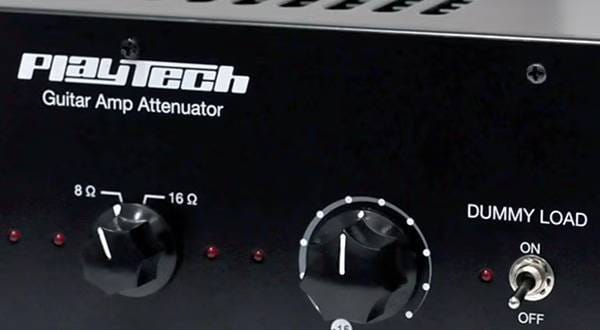



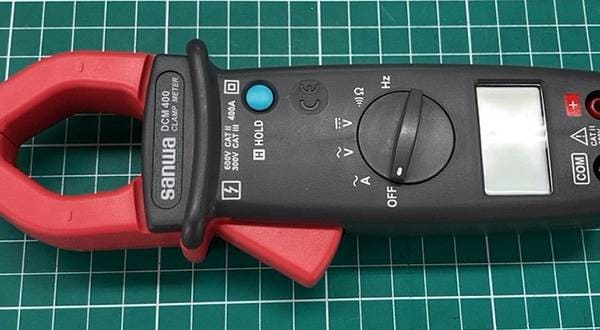
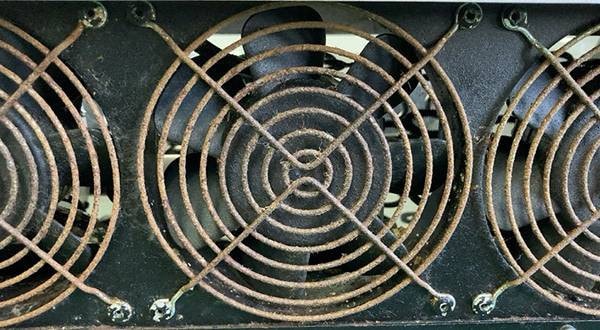
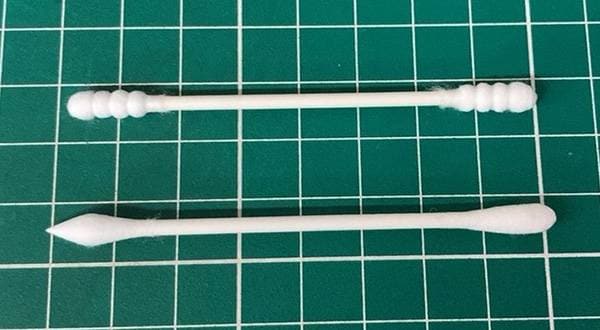
![[Science Project for Grown-Ups] Soap Bubbles Edition!](/contents/uploads/thumbs/2/2022/7/20220713_2_18612_1.jpg)
![[Visual!] Adjusting the Display Voltage of the CLASSIC PRO PDM/R!](/contents/uploads/thumbs/2/2022/5/20220519_2_18026_1.jpg)
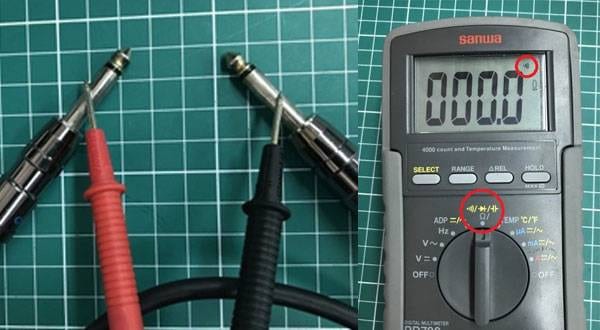
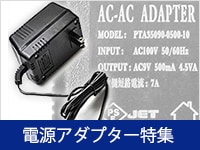 電源アダプター特集
電源アダプター特集
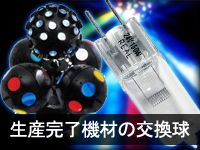 生産完了機材の交換球
生産完了機材の交換球
 マイクケーブルの作り方
マイクケーブルの作り方
 【初心者向け】エフェクター講座
【初心者向け】エフェクター講座
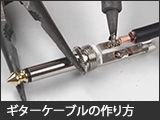 ギターケーブルの作り方
ギターケーブルの作り方
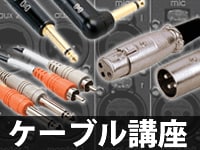 虎の巻 ケーブル講座
虎の巻 ケーブル講座















